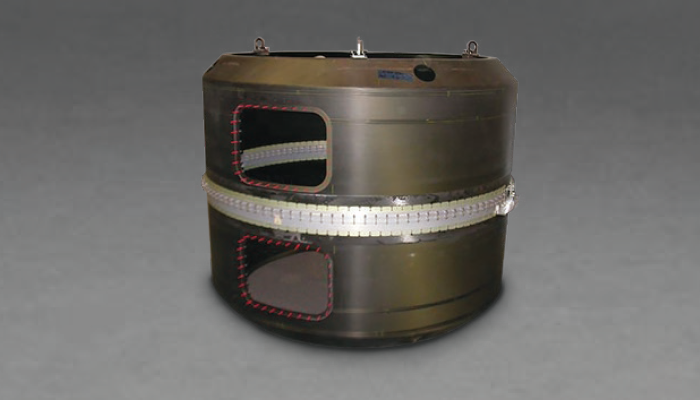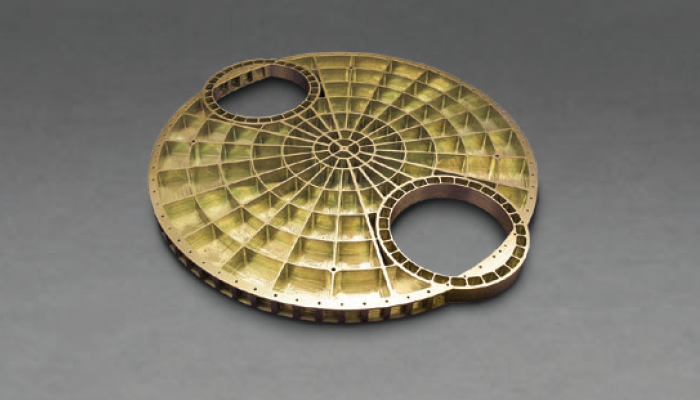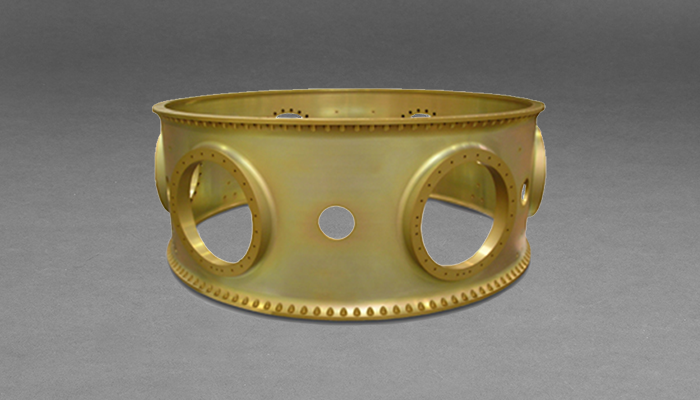Space Payload Adapters and Structures
The Moog ESPA Ring and other payload adapters support multiple satellites of different sizes on NSSL class launch vehicles (formerly EELVs, i.e., Falcon 9, Atlas V, Delta IV, OmegA, Vulcan, New Glenn), the Minotaur family of launchers, and the emerging class of small satellite launch vehicles. Moog adapters can be used for satellites ranging from ESPA-Grande class to CubeSats, and they provide the structural hub for Moog’s family of Orbital Maneuvering Vehicles (OMVs).
Small Satellite Adapters
ESPA

ESPA, the Evolved Secondary Payload Adapter, was developed for the Air Force to utilize excess launch capacity by mounting additional payloads below the primary spacecraft. This reduces launch costs for the primary mission and enables secondary and even tertiary satellites with minimal impact to the original mission.
CASPAR

CASPAR, the Composite Adapter for Shared Payload Rides, is a Dual-Payload Rideshare Adapter developed by Moog for the Minotaur IV Launch Vehicle featuring whole-spacecraft vibration isolation; the primary interface is 62.01” (1575mm). CASPAR accommodates two 1,500-lb satellites, or up to four ESPA-class satellites when used with one or two Flat-Plate Adapters. Moog’s SoftRide and ShockRing isolation systems are easily integrated into any launch configuration.
Flat-Plate Adapter (FPA)

The Flat Plate Adapter (FPA) is compatible with ESPA, CASPAR, and various launch vehicle interfaces; it can, for example, mount two ESPA-class satellites side by side. FPA is available with SoftRide vibration isolation and it can be scaled up or down for larger or smaller spacecraft. FPAs were used in 2014 to mount ORBCOMM OG2 satellites, with discrete, i.e., non-circular, separation systems to the Ø24-inch ports of a stack of ESPA Grandes. In 2011, NASA’s two lunar orbiting GRAIL spacecraft used this adapter.
Payload Isolation Stand

Moog’s payload isolation stands ease assembly, integration, and testing by providing mechanical mounting and decoupling the satellite from the facility’s mechanical disturbance sources.





